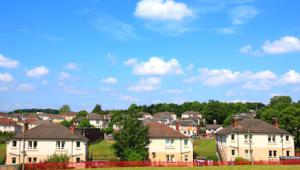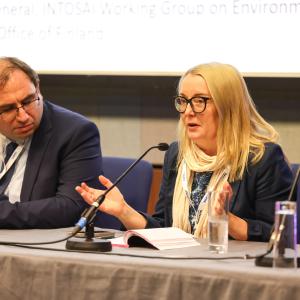By Neil Merrick
03 September 2009
Rural primary schools are closing at a rate of one per month because of a shortage of affordable homes, education and housing groups claimed this week.
As rising house prices force families with children to move to urban areas, school closures in rural England are running at their highest level since the mid-1990s, said a study published on
September 1.
Thirteen rural primary schools shut last year and 14 in 2007, according to figures obtained by the National Housing Federation in conjunction with the Association of Teachers and Lecturers and National Association for Small Schools.
Earlier this decade, rural primaries were closing at an average of three per year. This followed government guidance in 1998 urging local authorities to keep schools open wherever possible.
But, according to the latest study, declining numbers of children mean that schools are again under threat as villages are increasingly populated by older people, rich commuters and second-home owners. ‘The gentrification of much of the countryside has priced out families and young people who support local schools, shops and pubs,’ it said.
Around 750,000 families are on housing waiting lists in rural areas. The NHF claims that 100,000 new homes are required to meet rural housing needs over the next ten years and wants councils to draw up action plans for local communities.
NHF director Ruth Davison said: ‘The foundations of traditional village life are rapidly disappearing as a lack of affordable housing turns many rural areas into family-free zones.
‘We’ve already seen village shops and pubs close in record numbers, and if the schools close too, community life in many rural areas will be wiped out.’
ATL general secretary Mary Bousted said the involuntary exodus of young families from villages was a further indication of the growing wealth divide. ‘The pricing of families and young people out of the countryside is just one example of a rural idyll marred by social disadvantage,’ she said.
03 September 2009
Rural primary schools are closing at a rate of one per month because of a shortage of affordable homes, education and housing groups claimed this week.
As rising house prices force families with children to move to urban areas, school closures in rural England are running at their highest level since the mid-1990s, said a study published on
September 1.
Thirteen rural primary schools shut last year and 14 in 2007, according to figures obtained by the National Housing Federation in conjunction with the Association of Teachers and Lecturers and National Association for Small Schools.
Earlier this decade, rural primaries were closing at an average of three per year. This followed government guidance in 1998 urging local authorities to keep schools open wherever possible.
But, according to the latest study, declining numbers of children mean that schools are again under threat as villages are increasingly populated by older people, rich commuters and second-home owners. ‘The gentrification of much of the countryside has priced out families and young people who support local schools, shops and pubs,’ it said.
Around 750,000 families are on housing waiting lists in rural areas. The NHF claims that 100,000 new homes are required to meet rural housing needs over the next ten years and wants councils to draw up action plans for local communities.
NHF director Ruth Davison said: ‘The foundations of traditional village life are rapidly disappearing as a lack of affordable housing turns many rural areas into family-free zones.
‘We’ve already seen village shops and pubs close in record numbers, and if the schools close too, community life in many rural areas will be wiped out.’
ATL general secretary Mary Bousted said the involuntary exodus of young families from villages was a further indication of the growing wealth divide. ‘The pricing of families and young people out of the countryside is just one example of a rural idyll marred by social disadvantage,’ she said.



















